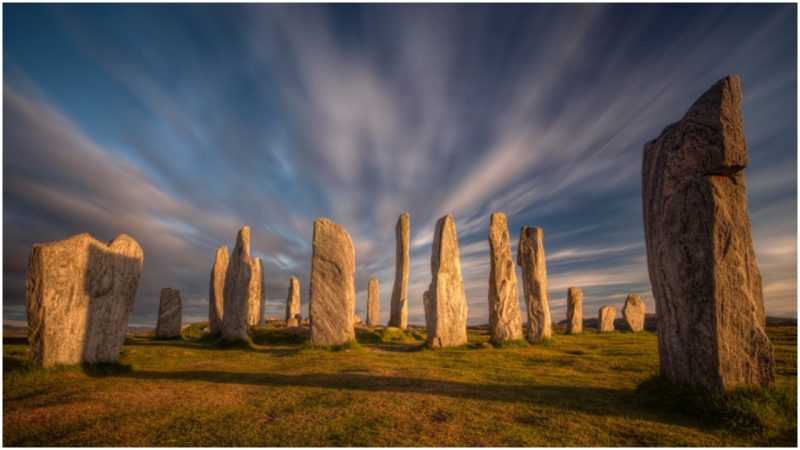Standing above the sea of Loch Roag, on top of the ridge, are a number of stones, the history of which is both ancient and fascinating. It all begins 5,000 years ago.
According to archaeologists, there was some form of an enclosure in this area, a structure with a purpose unknown. Following the opinion of some researchers, the structure might have been used for ritual purposes.
Then, around 2900 BC, a new mysterious structure was erected in a form of a stone circle–the scholars still debate the original formation of these ritual stones. Years later, the eastern part of this circle of stones was enriched with a tomb. A further investigation revealed that this tomb was used for hundreds of years. Such a conclusion was possible due to the large number potsherds found on site from the “Grooved ware people.”
The speculations about this place, on the west coast of Lewis in the Outer Hebrides, Scotland, range from mystery to ritual to lunar observatory. This latter theory is proposed by Alexander “Sandy” Thom, the Scottish engineer, and the American astronomer Gerald Hawkins.
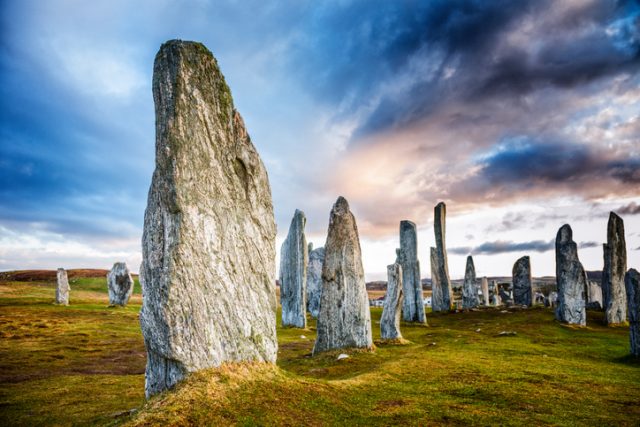
According to them and other researchers, there might be some form of relationship between the moon and stones. But nothing can be known for sure, given the old age of this place, for thousands of years stand between the scholars and the true purpose behind this stones.
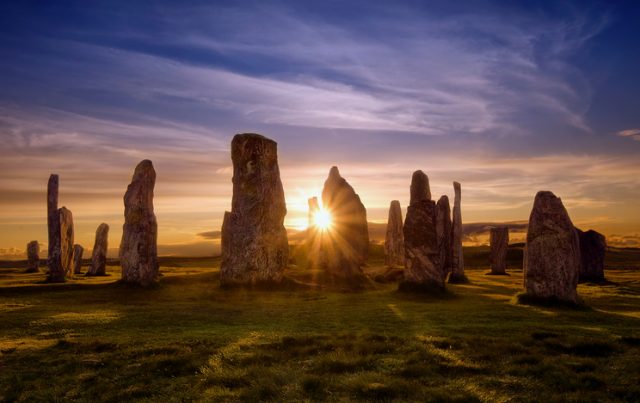
The stone circle is comprised of 13 stones plus a huge monolith that stands in the middle. A total of five stone rows are connected to the circle and main monolith. Two of the longest rows ran in parallel and form what the archaeologists like to call “The Avenue.”
This avenue is made up of 19 stones, the largest of which is 3.5 meters and stretches across 83 meters.
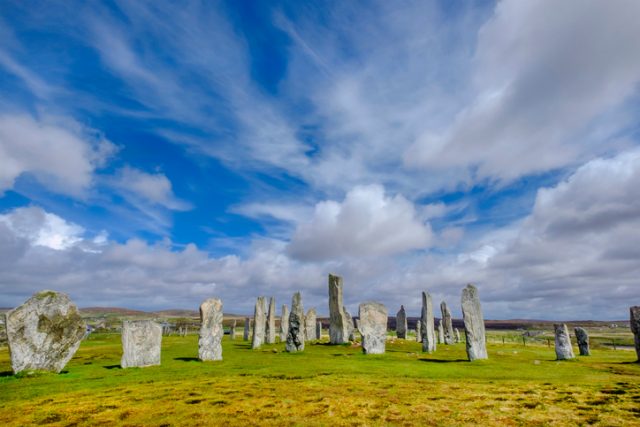
The main monolith, on the other hand, is almost 5 meters high and weighs no less than 7 tones. It misses the true center of the stone circle by almost 2 meters. When it comes to the stone circle, its diameter is about 11.4 meters. It covers an area of almost 130 square meters–quite small in comparison to Callanish II.
The rest of the stone rows are comprised of five stones with an average length of 21 meters. The interesting thing is that none of the stone rows hits the center of the stone ring. Archaeologists believe that this ritual site declined in importance around 1000 BC. And for hundreds of years, it stood forgotten, and a layer of turf has covered the ancient stones.

A first written evidence of these stones is found in 1680 from a man by the name of John Morisone. According to this man, the stones were once people who ended up as rocks once some evil witch threw a curse upon them.
Later investigators proposed that this place was used by druids. For example, John Toland, a 17th-century freethinker, made a parallel between Diodorus Siculus with his “spherical temple” and the Callanish Stones. According to William Stukeley, the English antiquarian, the stone circle was druid rind and the main avenue had the appearance of a serpent. It wasn’t until 1846 that the first sketch of this place was created by J. J. A. Worsaae.
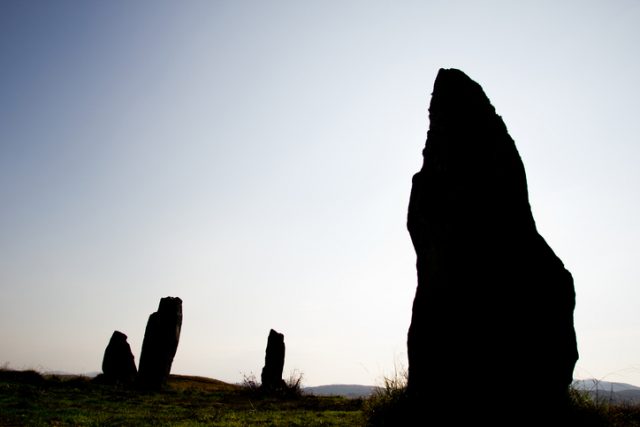
The chambered tomb was discovered in 1857, when Sir James Nicolas Sutherland Matheson, 1st Baronet, gave the orders to clear that very area. And it doesn’t come as a surprise, given the old age of this place, that numerous legends and tales circle around this stone circle. According to one of them, these stones are petrified giants punished for refusing to become Christians.
Another one includes a midsummer morning and an entity called the “Shining One” who every year walks the main avenue. Whatever the true purpose of this place is, a great number of people come to visit every year. Even Pixar Animation Studios were inspired by this place and featured it in their animated fantasy film Brave.
